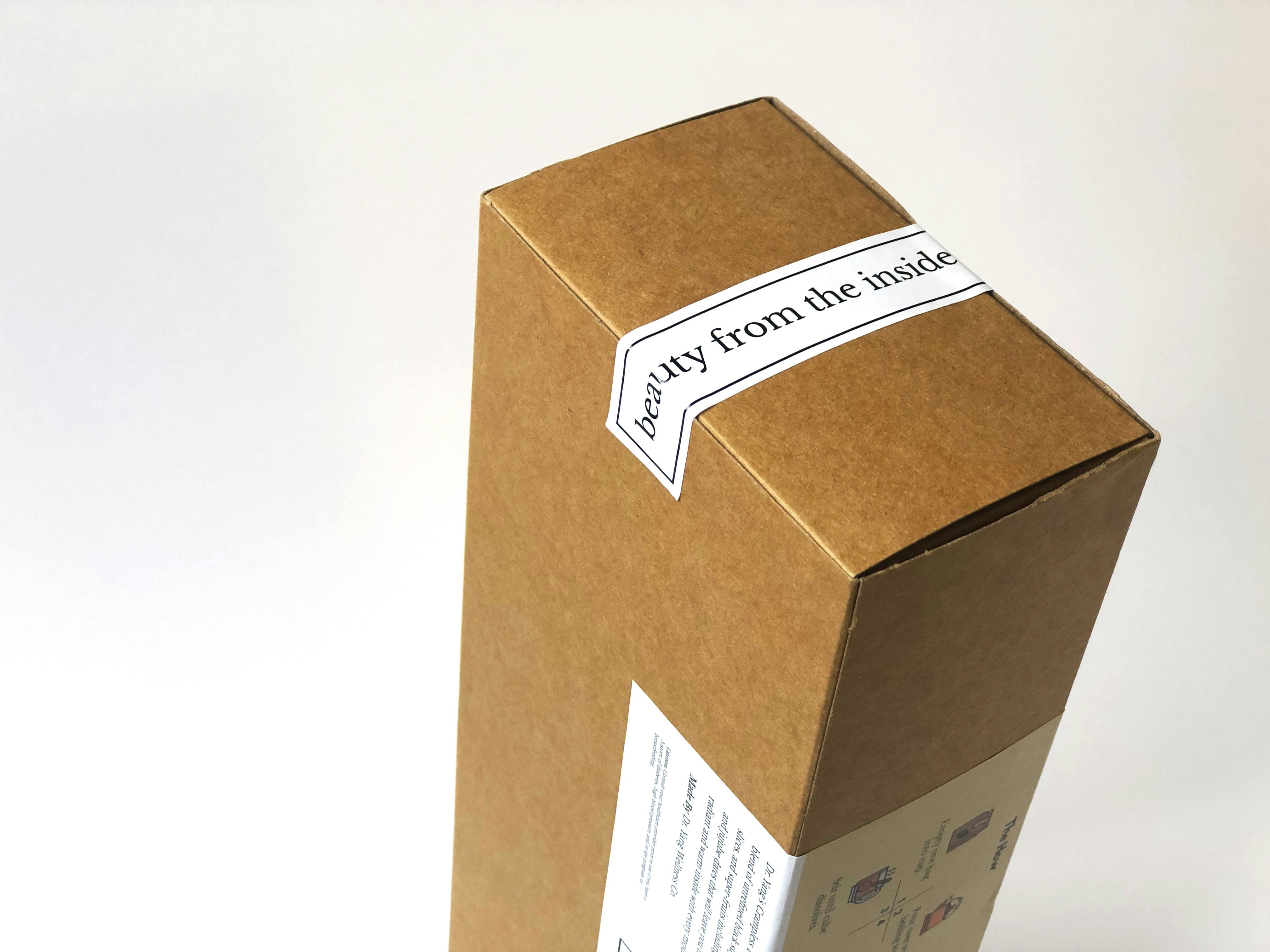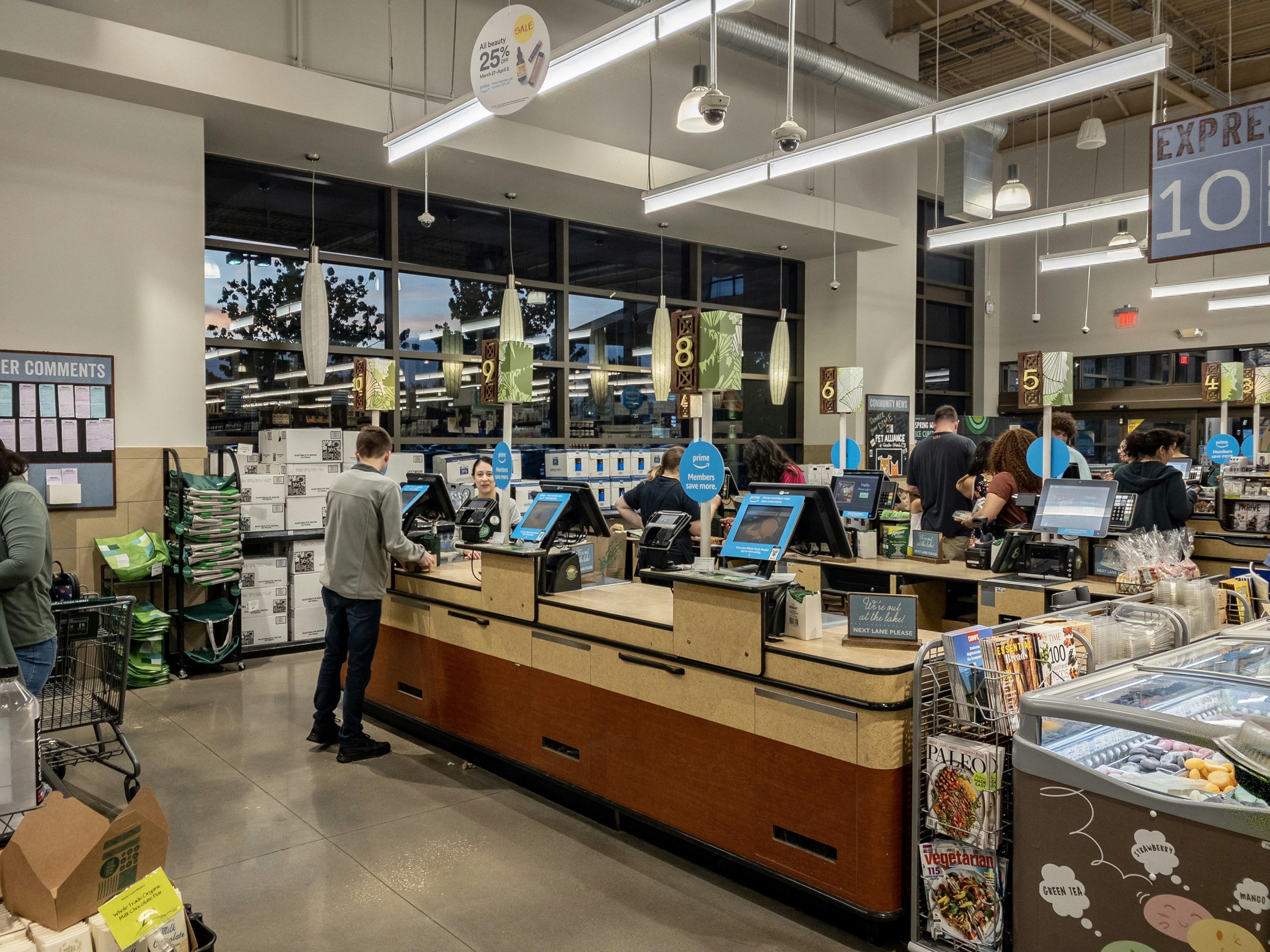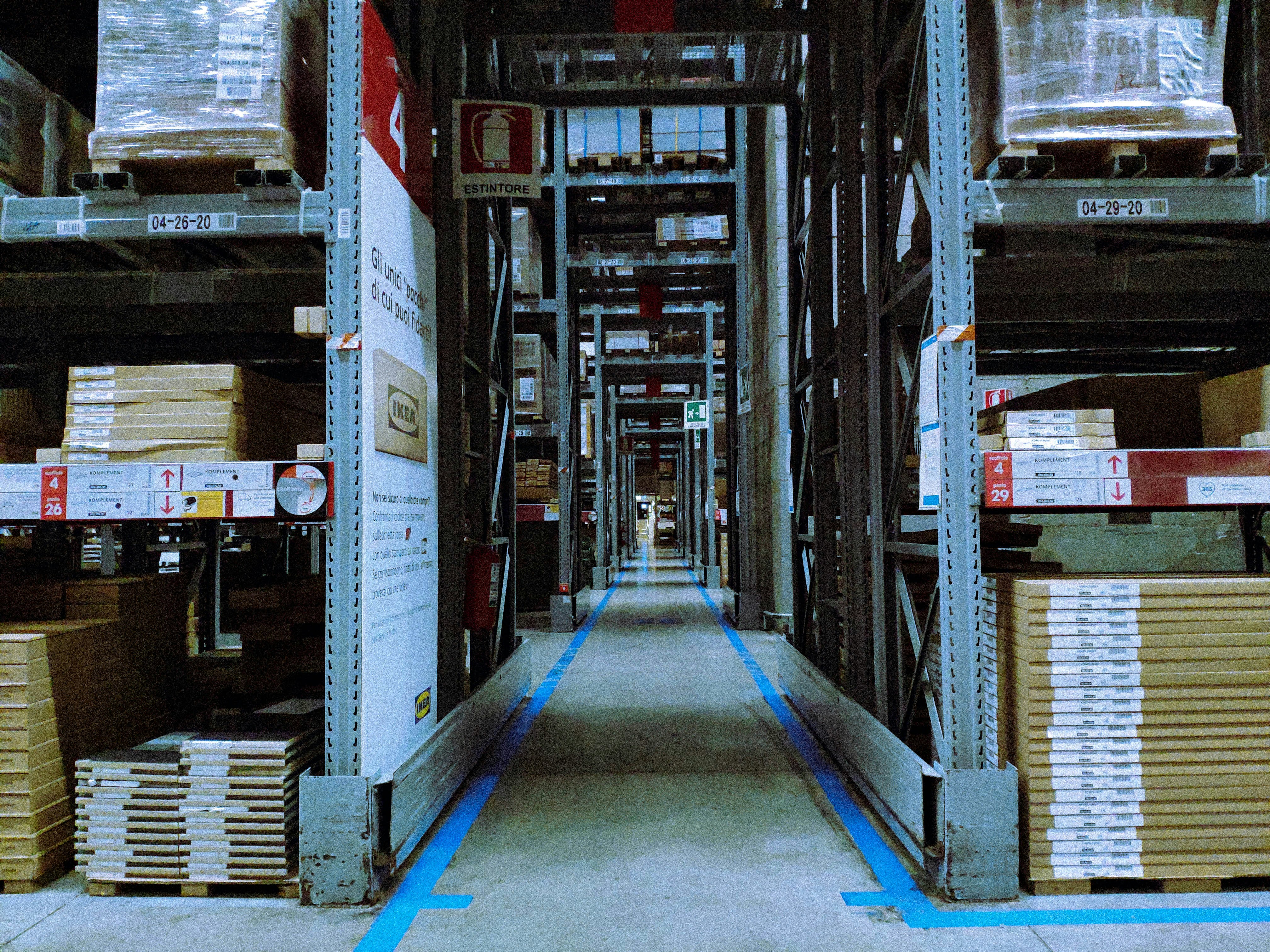Introduction to Counterfeiting in the Beauty Industry
Counterfeiting has emerged as a critical issue within the beauty industry, posing significant risks both to consumers and to brands. The proliferation of counterfeit beauty products has been facilitated by the ease of online shopping and the lack of regulation in certain markets. These counterfeit items often mimic popular cosmetics and skincare products, making it increasingly challenging for consumers to differentiate between authentic goods and inferior imitations. The World Customs Organization has reported a substantial rise in the seizure of counterfeit items, highlighting the severity of this issue globally.
One of the most alarming consequences of counterfeit products is the potential harm they can inflict on consumers. These illicit goods may contain harmful substances or allergens that can lead to adverse reactions, skin irritations, or long-term health problems. Consumers who unknowingly purchase counterfeit beauty products may believe they are using safe and reputable items, only to discover later that they have put their health at risk. This alarming reality underscores the importance of awareness and vigilance in the consumer market.
Moreover, counterfeiting has damaging effects on brand reputation. Established beauty brands invest considerable resources in product development, marketing, and customer engagement to build trust and ensure consumer safety. The emergence of counterfeit products undermines this effort by creating confusion and distrust among consumers. Brands may suffer from tarnished reputations when counterfeit products fail to meet quality standards or when consumers have negative experiences associated with the brand’s name.
Financial losses represent another significant impact of counterfeiting within the beauty industry. Legitimate businesses face reduced revenues as counterfeits flood the market, essentially siphoning away sales from authentic products. This dynamic can lead to increased costs associated with combating counterfeiters and protecting brand integrity. Consequently, the beauty industry must prioritize anti-counterfeit measures, including advanced technologies and regulatory frameworks, to safeguard both consumers and businesses from these pervasive threats.
Understanding Barcodes and Their Role
Barcodes serve as a pivotal component in the management and verification of products, particularly within the beauty industry. Essentially, a barcode is a machine-readable representation of data, typically arranged in a series of parallel lines or squares that differ in width. These codes can encode various types of information, notably product identifiers and pricing details. In the beauty sector, the most common types of barcodes include Universal Product Codes (UPC), European Article Numbers (EAN), and QR codes. Each of these serves a specific purpose, facilitating inventory control, sales tracking, and product authentication.
The primary function of barcodes is to act as a tracking system. When a product is manufactured, it is assigned a unique barcode that corresponds to information contained in a database, such as the manufacturer, product specifications, and distribution details. When the product moves through the supply chain, scanning the barcode allows stakeholders—from manufacturers to retailers—to monitor its journey, ensuring efficient logistics and inventory management.
Further amplifying their importance, barcodes play a critical role in verifying product authenticity. Consumers are increasingly concerned about counterfeit products in the beauty market, prompting brands to employ barcodes as a form of security. By scanning the barcode with a smartphone or dedicated scanning device, customers can access verified product information, confirming that the item is genuine and sourced from reputable manufacturers. This verification process not only fosters consumer trust but also enhances brand integrity within the highly competitive beauty landscape.
Additionally, the integration of advanced technologies such as Blockchain with barcoding systems has further fortified the integrity of product tracking and authentication. This advancement ensures a secure and transparent supply chain, crucial for maintaining product authenticity and fighting counterfeiting.
The Evolution of Barcode Technology in Beauty Products
Barcode technology has undergone significant transformations since its inception, with the beauty industry being a notable area of adoption. The journey began in the early 1970s when traditional one-dimensional barcodes were first introduced, revolutionizing how products were tracked and managed. These barcodes, composed of parallel lines and spaces, allowed for faster scanning at retail points, improving inventory accuracy and streamlining checkout processes.
As technology progressed, the beauty industry recognized the potential of barcoding not only for inventory management but also as a tool for ensuring product authenticity. Over the years, the initial one-dimensional barcodes evolved into more sophisticated systems, notably the introduction of two-dimensional QR codes. Unlike their predecessors, QR codes can store significantly more information, including product details, manufacturer information, and even links to digital content. This advancement has enabled consumers to engage more deeply with products while providing firms with valuable data analytics capabilities.
Furthermore, the incorporation of Radio Frequency Identification (RFID) has marked another milestone in barcode technology for beauty products. RFID employs electromagnetic fields to automatically identify and track tags attached to objects, facilitating real-time inventory management. This technology enables brands to enhance supply chain efficiency and reduce instances of counterfeiting—a growing concern in the beauty market. With the rise of online shopping and global distribution, the necessity for robust anti-counterfeit measures has prompted beauty brands to invest in these advanced barcoding systems.
Overall, the evolution of barcode technology in the beauty industry reflects a commitment to improving product authenticity, ensuring consumer safety, and driving operational efficiency. As consumers become more aware of authenticity issues, these advancements will play a crucial role in maintaining trust in beauty brands and their products.
Case Studies: Successful Implementation of Barcode Anti-Counterfeiting Measures
In the beauty industry, the rise in counterfeit products has necessitated innovative approaches to ensure authenticity. Several brands have adopted barcode anti-counterfeiting measures, which have proven effective in protecting their products and enhancing consumer trust. One notable example is the renowned brand Estée Lauder, which implemented a comprehensive barcode system across its product lines. By integrating unique barcodes that can be scanned using a smartphone application, Estée Lauder enables consumers to verify the authenticity of their purchases. This initiative not only empowered customers to ascertain product legitimacy but also served to significantly reduce the incidence of counterfeit products in the market.
Another exemplary case is L’Oréal, which utilized advanced barcode technology as part of its anti-counterfeiting strategies for select skin care products. By employing a two-dimensional barcode system, L’Oréal provided intricate product details that could be easily accessed by consumers through a digital platform. This approach not only facilitated real-time verification processes but also allowed the brand to track product supply chains more effectively. Consequently, L’Oréal experienced an increase in consumer confidence and a noticeable decline in requests for returns related to counterfeit purchases.
A third instance is the luxury beauty brand Tom Ford, which introduced a unique serial barcode on its high-end products. This barcode system is complemented by a global database that stores information about authorized retailers and verified purchases. By enabling customers to authenticate their products through a simple scanning process, Tom Ford not only mitigated the risk of counterfeiting but also reinforced its commitment to providing a luxury experience rooted in authenticity. The outcome of this initiative has been a strengthened brand reputation and heightened customer loyalty, demonstrating the effectiveness of barcode systems in the fight against counterfeiting.
Benefits of Using Barcodes for Consumers and Brands
The implementation of barcodes in the beauty industry brings a range of significant benefits for both consumers and brands. One of the primary advantages is the enhanced transparency that barcodes provide. Consumers today are increasingly conscious of the products they use, seeking information about ingredients, sourcing, and manufacturing processes. By scanning a barcode, customers can access detailed product information, empowering them to make informed purchasing decisions. This transparency fosters trust between consumers and brands, as it encourages brands to maintain high standards of product authenticity.
Moreover, barcodes facilitate efficient product tracking throughout the supply chain. This capability is crucial in an industry where counterfeit products pose risks to consumer safety. With effective barcode scanning, brands can monitor the journey of their products from production to retail. This visibility allows for immediate action if counterfeit goods are detected. Consumers benefit directly, as it minimizes the risk of purchasing shoddy or dangerous products, thus creating a safer shopping environment. In the event of a recall, barcodes enable prompt identification and notification of affected products, further enhancing consumer safety.
For brands, the integration of barcodes not only protects their integrity but also enhances operational efficiency. The use of barcodes streamlines inventory management and improves supply chain logistics, allowing brands to respond swiftly to market demands. By reducing human error in tracking and inventory control, brands can better manage stock levels and meet customer expectations. Additionally, the presence of barcodes aids in the fight against counterfeiting, as legitimate products are easily distinguishable from fake ones through sophisticated scanning technologies. This deterrence is vital for maintaining brand reputation in a competitive market.
Challenges and Limitations of Barcode Anti-Counterfeit Measures
The implementation of barcode anti-counterfeit measures within the beauty industry presents several challenges that brands must navigate to maintain the integrity of their products. A primary hurdle is technological limitations associated with barcode scanning and tracking systems. While barcodes provide a relatively straightforward method for product verification, the effectiveness of these systems is contingent upon the widespread availability of scanning technology. Some retailers may lack the necessary infrastructure to support advanced barcode systems, which can impede verification efforts at the point of sale.
Moreover, counterfeiters have become increasingly adept at replicating barcode technology. This capability presents a significant threat as counterfeit products bearing seemingly authentic barcodes can easily deceive consumers and retailers alike. Even with advanced security features embedded within barcodes, such as QR codes or other dynamic data, the potential for exploitation remains. Criminal networks can invest in the technology needed to mimic these measures, thus undermining the effectiveness of barcodes as a protective mechanism.
In addition to technological and security challenges, consumer education plays a critical role in the success of barcode anti-counterfeit measures. For these systems to work, consumers must be equipped with the knowledge necessary to interpret barcode information accurately. The lack of awareness among certain demographics regarding the significance of barcodes can further complicate efforts to build a culture of verification. This gap in consumer education can lead to reliance on traditional purchasing habits, which may not incorporate barcode scanning as a standard practice. Consequently, the overall penetration of barcode anti-counterfeiting measures within the consumer market is limited, hindering the comprehensive effectiveness of these systems.
Integrating Barcode Systems with Other Anti-Counterfeit Technologies
The beauty industry continually faces challenges related to counterfeit products, making it imperative for brands to adopt effective anti-counterfeit measures. One pivotal solution involves the integration of barcode systems with other advanced technologies to create a multi-layered defense against counterfeit goods. This approach enhances product verification, increases consumer trust, and protects brand integrity.
Barcode systems serve as a starting point for product authentication by enabling manufacturers to encode essential product information. However, when combined with additional anti-counterfeit methods, the protection against counterfeit products becomes significantly more robust. For instance, holograms can be applied alongside barcode technology. Holographic labels possess unique visual effects that are difficult to replicate, thus adding a physical security feature that complements the digital verification process provided by barcodes.
Furthermore, scratch-off labels can enhance the security of beauty products in conjunction with barcodes. These labels require consumers to scratch off a coating to reveal a unique code, which can then be verified using the barcode scanner. This strategy not only deters counterfeiters but also engages consumers in the verification process, enhancing their trust in the product’s authenticity.
Another promising technology is blockchain, which can be integrated with barcode systems to provide an immutable record of a product’s journey from manufacturing to point of sale. By storing product data on a blockchain, companies can leverage the transparency and traceability that blockchain offers. Each barcode scan can provide real-time access to a secure log of the product’s history, making it exceedingly difficult for counterfeit products to infiltrate the market.
This multi-faceted approach, employing barcode systems in conjunction with holograms, scratch-off labels, and blockchain technology, significantly augments the efficacy of anti-counterfeit measures in the beauty industry. By implementing these strategies, brands can create a formidable barrier against counterfeit products, ultimately fostering consumer confidence and loyalty.
Future Trends in Barcode Anti-Counterfeit Measures
The beauty industry is experiencing a notable transformation in its approach to combating counterfeiting through advanced barcode technologies. As counterfeit products continue to pose significant challenges, the future appears trend-focused on enhancing the efficacy of anti-counterfeit measures. One prominent trend is the integration of augmented reality (AR) features. By enabling consumers to utilize their smartphones to scan beauty products’ barcodes, brands can offer an immersive experience. Upon scanning, additional information such as product origins, ingredient authenticity, and user testimonials can be displayed, enriching the consumer’s decision-making process. This interactive display not only educates consumers but also fosters trust in genuine products.
In addition to AR, the increased use of mobile applications specifically designed for barcode scanning is set to reshape the consumer landscape. These applications will allow users to verify product authenticity in real-time, providing them with instant access to essential data while they are shopping. As brands develop their proprietary apps, integrating these systems into the shopping experience becomes vital. This trend could lead to partnerships with popular mobile platforms, further streamlining the verification process and enhancing user engagement.
Another critical component of future barcode anti-counterfeiting measures lies in the application of artificial intelligence (AI). With its capability to analyze vast data sets, AI can enhance fraud detection mechanisms that support existing barcode protocols. AI systems can track and analyze patterns in product sales and consumer behavior, identifying anomalies that may suggest counterfeiting activities. This predictive approach not only minimizes the risk of counterfeit products entering the market but also empowers brands to respond proactively to emerging threats in real time. As these innovations unfold, the role of barcode technology will undoubtedly evolve, reinforcing a framework for robust anti-counterfeit strategies within the beauty sector.
Conclusion: The Importance of Consumer Awareness
Consumer awareness plays a pivotal role in the fight against counterfeit products in the beauty industry. As the demand for high-quality beauty products continues to soar, so does the prevalence of counterfeit merchandise. This trend poses significant threats not only to consumers who unknowingly purchase substandard items but also to reputable brands that maintain rigorous quality standards. Consequently, it is essential for consumers to take an active role in safeguarding their health and investments by understanding the various anti-counterfeit measures available, particularly barcode systems.
Barcode systems serve as a crucial tool for verifying the authenticity of beauty products before purchase. Educating consumers on how to utilize these systems enables them to discern genuine items from counterfeit alternatives effectively. By scanning a product’s barcode with a smartphone application or checking it against the brand’s official resources, consumers can access vital information regarding the product’s manufacturing details, safe usage guidelines, and legitimacy. This process not only empowers consumers but also fosters a culture of vigilance within the market.
Furthermore, increased consumer awareness around counterfeit risks allows individuals to report suspicious products, contributing to broader efforts to combat the counterfeiting industry. Brands and regulatory authorities depend on consumers to act as the first line of defense, identifying and bringing attention to dubious products in circulation. Enhanced public education initiatives, coupled with accessible tools for verification, can provide consumers the knowledge necessary to make informed purchasing decisions. Ultimately, an informed consumer base can significantly diminish the impact of counterfeit beauty products, ensuring that authenticity prevails in a competitive market.
© barcodly.com- All rights reserved





